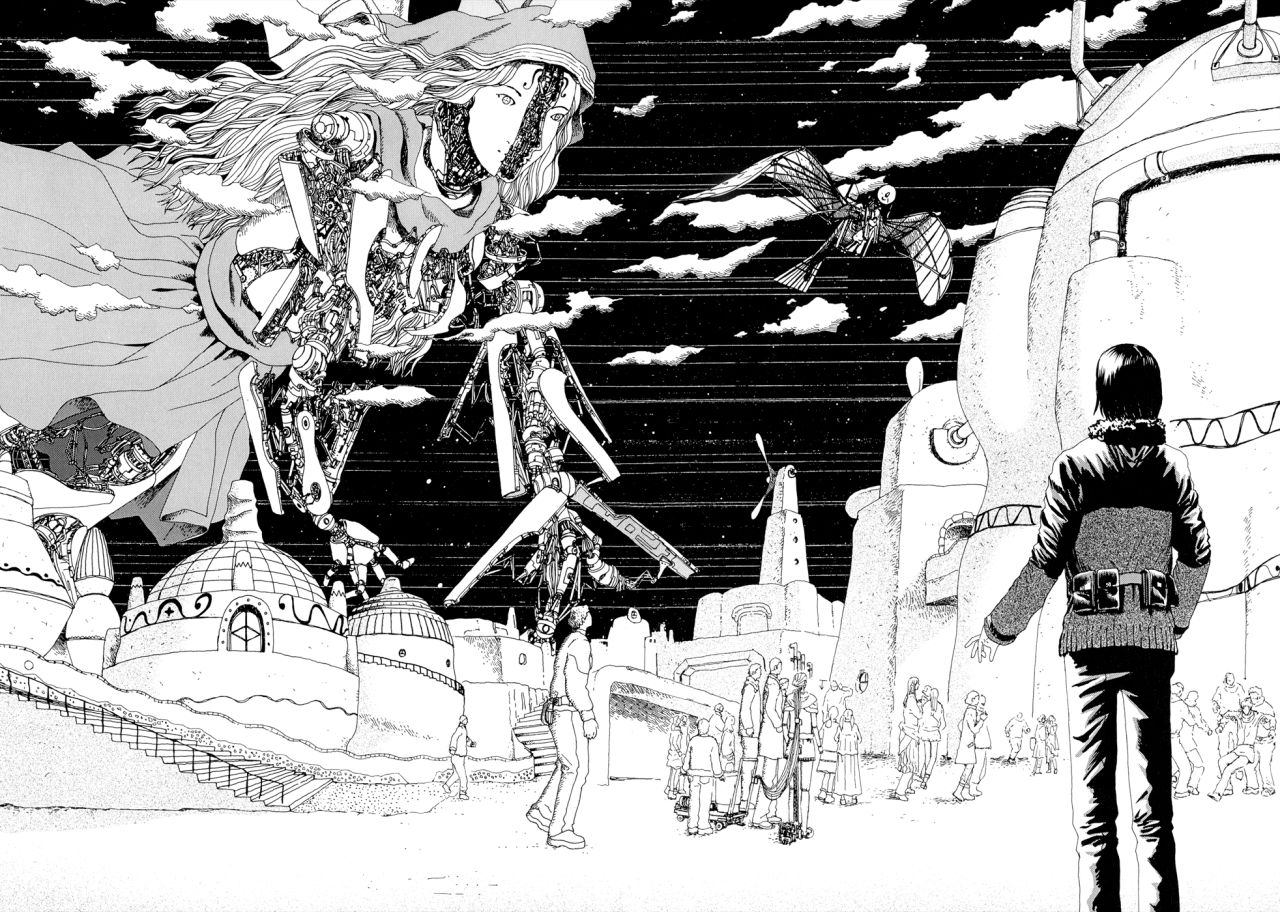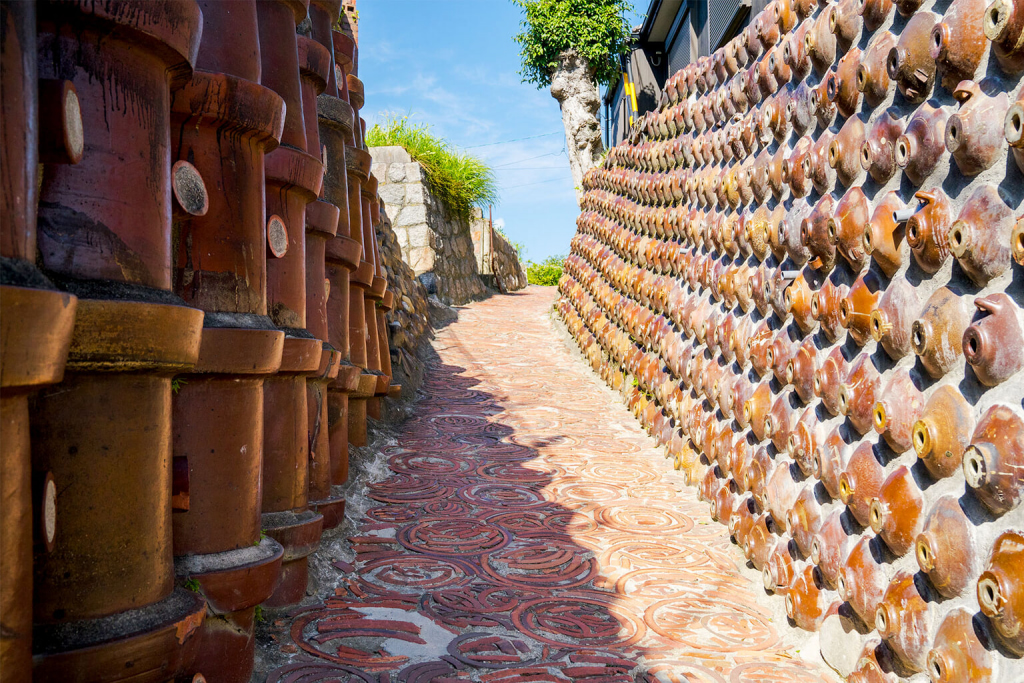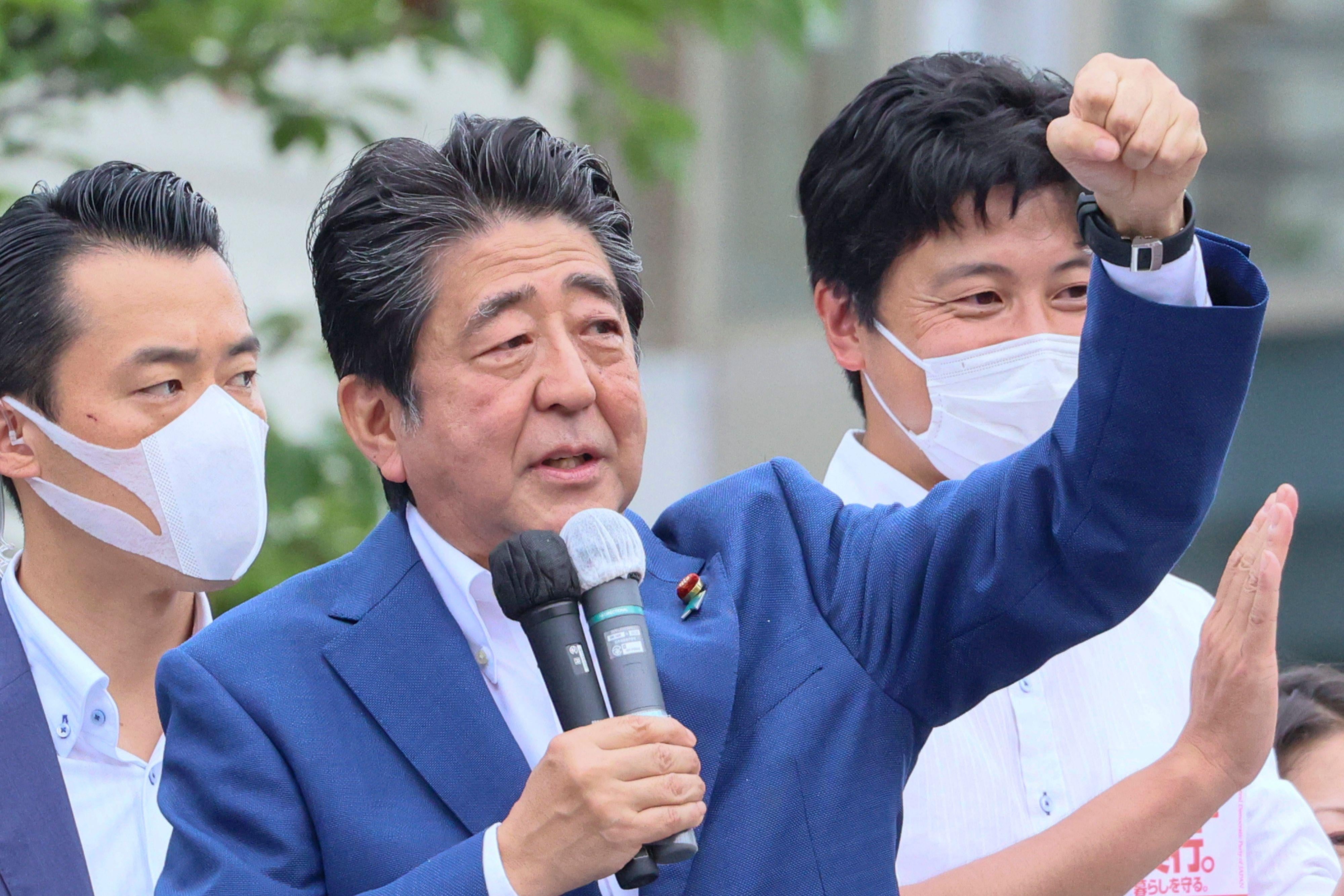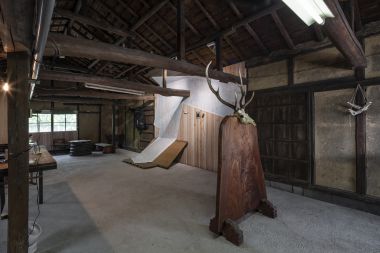In what is now an annual tradition, I’m excited to share the 10 best articles (in my own opinion) that I wrote in 2022. Check out the lists for 2020 and 2021 too – there are some super cool articles in there, including for the New York Times!
In 2020, I wrote 61 articles and translated 5 novels and 4 volumes of manga. In 2021, I wrote 48 articles, translated 4 volumes of light novels, 14 volumes of manga, and edited 8 volumes of manga. And this year, I wrote 46 articles, translated 3 volumes of light novels, translated 8 volumes of manga, edited 16 volumes of manga, and edited 2 volumes of novels. So that’s a lot more editing.
My writing load this year also shifted the most it’s ever been to book reviews and artist interviews/gallery reviews, so I’ve never been so focused specifically on books. This year’s list of my favorite articles are reflective of that, so you’ll see several articles on books, and less on non-Japan-related social issues. I’m hoping to be slightly more balanced in 2023, but who knows what the year will hold!
10. Untranslated: Philosophy and Prose Collide in Masaya Chiba’s Playful World (Unseen Japan)

I was really excited to try to introduce some untranslated Japanese writers, artists, and creatives to the English language world with this new series at Unseen Japan, “Untranslated.” The first installment was on Masaya Chiba, a renowned poststructuralist philosopher and award-winning novelist. He had fascinating insight into the modern age, art, writing, and sexuality, so it’s well worth a read.
9. Japan’s Weaker Yen Is Here to Stay—for Better or Worse (Foreign Policy)

Unquestionably my most challenging article that I wrote this year, this piece unpacks the effects of the weak yen – which hit its lowest lows in well over 20 years – on ordinary Japanese businesses and consumers. It took a lot of research and interviews, and was very well received on LinkedIn, where it made the rounds. So in some ways this may have been my most influential article of the year.
8. ‘I feel like I can’t live the life I had before Feb. 24’ (Japan Times)
The Russian invasion of Ukraine was possibly the biggest and most important news of 2022, so I’m glad that I got to cover it in my own way – in this case, by taking a look at the Ukrainians living in Japan. Fortunately, a new book released over the summer offers direct, unfiltered insight into the suffering and heroic struggle of Ukrainians. “Wartime Diaries in Ukraine” brings the translated diaries of Ukrainians during the war into Japanese and English. It’s an urgent read to understand one of the most brutal conflicts of our age.
7. Impressions of Sada Abe (Metropolis Magazine)

I’ve now done several literary translations for Metropolis Magazine, including of Miyazawa Kenji and Osamu Dazai. This time, I translated another legendary Japanese author, Ango Sakaguchi, but not the standard fare. No, this was a unique essay he wrote about the even more famous Japanese writer Sada Abe. And why exactly is Abe so famous? Well, she accidentally murdered her lover via erotic asphyxiation and then cut off his dick and balls to preserve as a keepsake of her love. Yup, you’ll want to give this brief essay a read.
6. What can we do to fight the climate crisis from Japan? (The Japan Times)
I don’t often write practical how-to-guide types of articles, but this one is important! Here, I covered the concrete ways that residents (and even tourists) can do their part to mitigate climate change and join the urgent struggle against the climate crisis. Many of the messages are relevant to residents of the U.S. and Europe as well, so I encourage everyone who is hoping to make a difference to read.
5. One of Japan’s great modern mangaka sings again (Metropolis Magazine)

The classic utopian, gorgeously drawn, and deeply illuminating fantasy manga The Music of Marie just came out this year from One Peace Books, and I worked as the editor on the title. But the author, famed cult manga artist Usamaru Furuya, is known for more than utopian fantasy – in fact, he’s best known for his dark, twisted horror titles. I explored Furuya’s resurgence in 2022 and why he’s a worthy addition to anyone’s shelf.
4. Pottery, Galleries and Café Culture in Tokoname (Tokyo Weekender)

I don’t do many straightforward travel pieces, but this one has a special meaning to me. Tokoname is a beautiful seaside village with an incredible townscape and history of master ceramics craftsmanship. (I like it so much I already wrote about it on my blog here.) So it was an absolute pleasure to get to interview local business owners and share the charms of this lost-in-time, artisanal town.
3. How Many Ski Seasons Are Left? (The New Republic)

Snowboarding has become especially close to my heart since moving to Japan, where I’ve embraced the chance to easily hit the slopes about 90 minutes from my apartment. However, climate change is having major impacts on snowy landscapes around the world as well as the multi-billion dollar winter sports industry. I interviewed athletes and scientists to try to answer the daunting question: is there only a limited number of good ski seasons left?
2. Japan’s foreign workers face a new post-COVID landscape (The Japan Times)
I’m very proud of this piece, which I reported in extensive, investigative depth to reveal the contemporary situation and struggles of foreign workers in Japan. Facing rapid depopulation, the nation is going to rely heavily on migrant workers moving forward, but the policy has yet to embrace this dire necessity. Japan has also yet to enforce the needed regulations to protect a vulnerable group of workers from harassment and discrimination.
1. Shinzo Abe’s Assassination Will Haunt Japan for Years (Slate)

This article for Slate soars to the number one slot simply for its significance: there was almost no bigger news in Japan and even East Asia than the sudden assassination of the extremely influential former Japanese Prime Minister. It was unprecedented and extraordinary, and the ripple effects will still be felt for years to come. I’m glad that I could cover such a significant event for a notable magazine!





